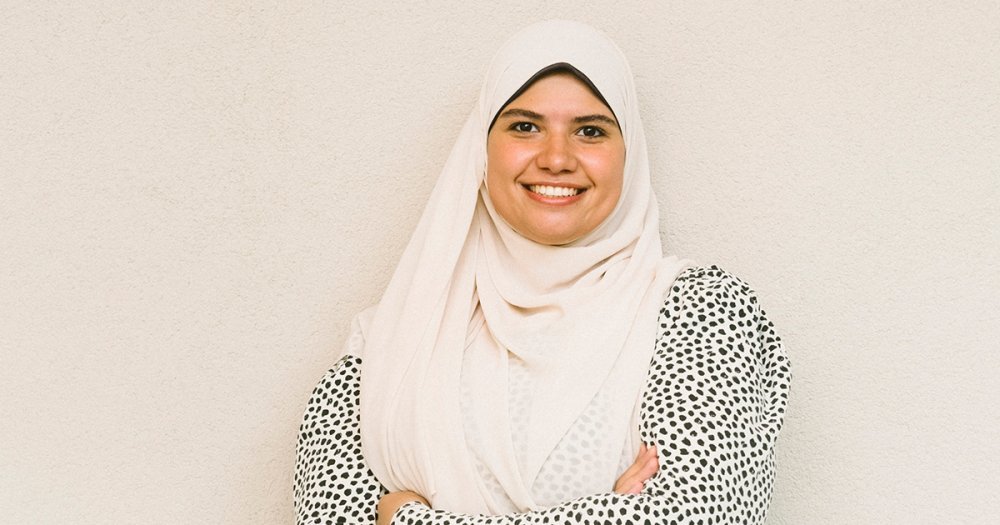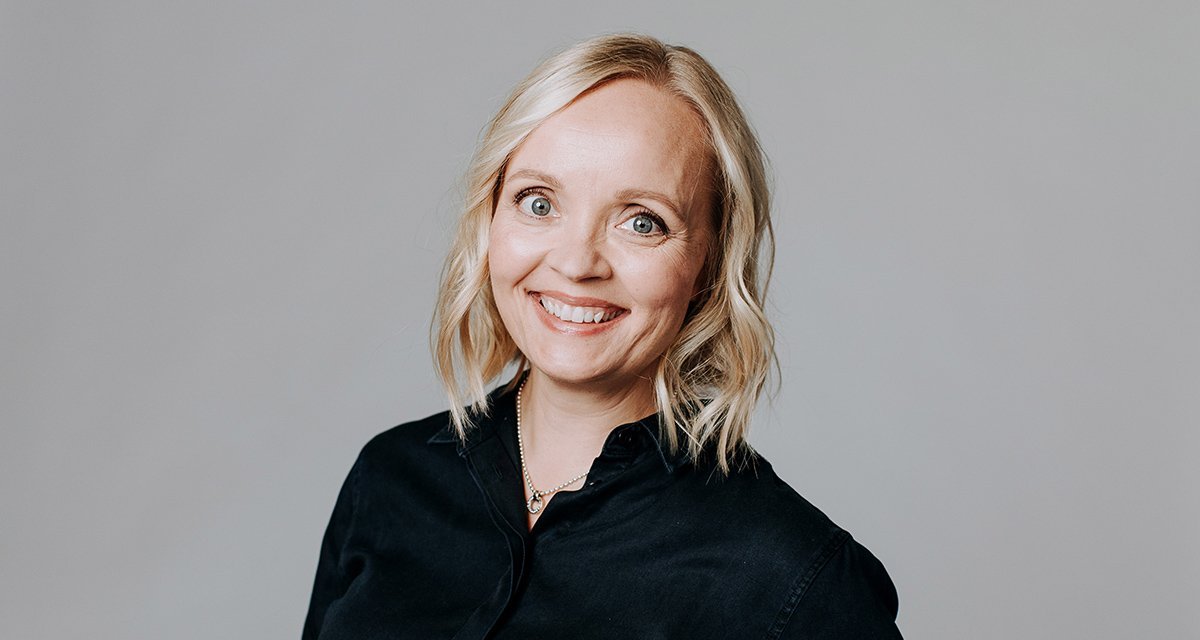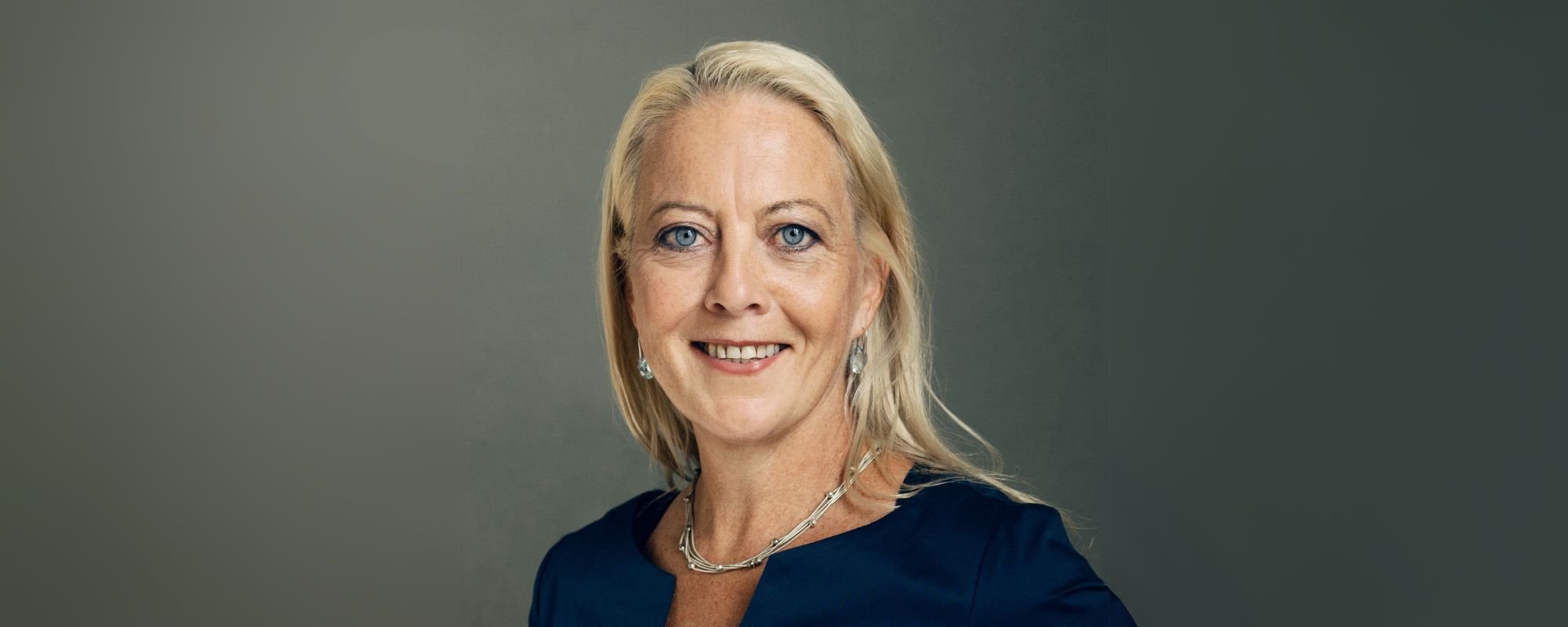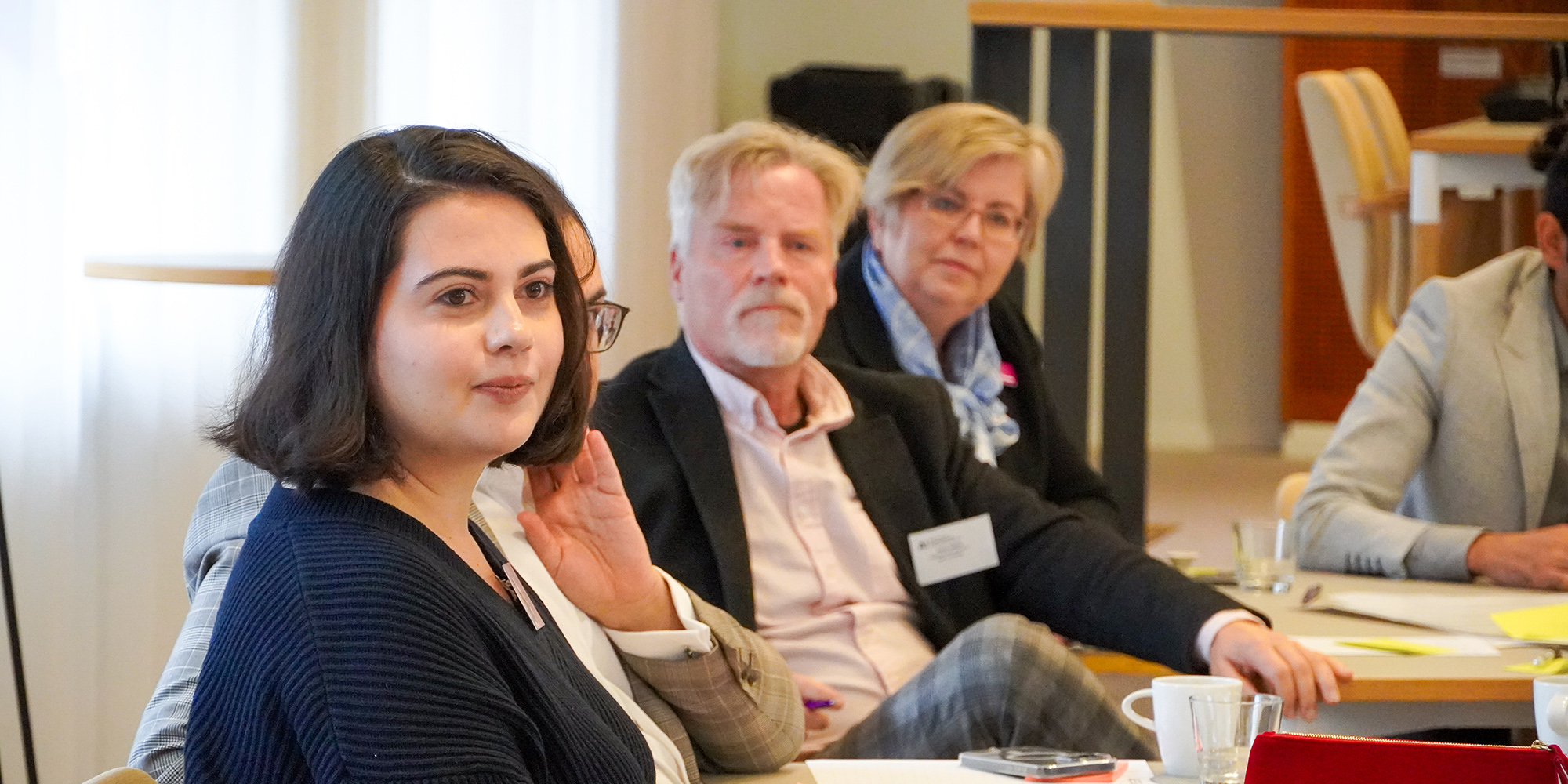Being committed to diversity, equity, and inclusion (DEI) is not enough to make an organization diverse, equitable, or inclusive.
Diversity requires intentional organizational action. Equity requires intentional organizational action. Inclusion requires intentional organizational action. A lack of intentional action, which differs for each aspect of DEI, is in my view the most critical barrier for an organization to achieve its targets for DEI and making its DEI-commitment a reality.
But how to get started? I will share a few tips.
You need to know who your people are. The importance of sufficient, robust data on the diversity of all key internal and external stakeholders cannot be underestimated. You need to start with your own people but taking a wider look at your stakeholders will certainly bring to attention any critical information you may have overlooked.
For example, who are the people applying to your organization, but are never interviewed?"
For example, who are the people applying to your organization, but are never interviewed? Who are your customers, and are you considering their diversity in your offering?
What about your suppliers? What diversity metrics could you consider throughout the value chain? Knowing who your people are will undoubtedly start you off in the right direction on your DEI-journey.
You need to take concrete action and develop practices to ensure your people flourish equitably. Looking at any organization, its policies and especially its day-to-day practices for instance in recruitment, on-boarding, HR, training, development, and even meetings need to be scrutinized through an “equity lens”. Are we intentionally doing everything we can to ensure equity?
Do our policies and procedures reflect and allow for adjustments according to the different starting points of our people? Moving up the career ladder may not be the ultimate aim for everyone, but everyone will surely want to be treated equitably and rely on organizational support to succeed.
For inclusion and an inclusive organizational culture, good intentions are not enough. Serious self-reflection, both on an individual and organizational level, is a good way to start building and enhancing inclusion.
What changes am I willing to make as an individual, and what needs to happen in the organization?"
Why do we want to be inclusive? Does it stem from a genuine desire for real change or from external pressure or the active work of a few internal advocates?
What changes am I willing to make as an individual, and what needs to happen in the organization? Will there be internal resistance and how are we prepared to handle that resistance?
Inclusion is an outcome of genuine change, and in the current landscape of increasing inequality, societal tension, and even war, a willingness to foster inclusion and the required changes can truly be a lifesaver.
Suvi Halttula is a social sustainability and human rights professional and an impact entrepreneur. She is a co-founder of Impaktly, an agency supporting companies to achieve long-term business success through sustainable and courageous transformation.
Suvi Halttula is one of the instructors in our Vastuullisuus ja liiketoiminta program.





















